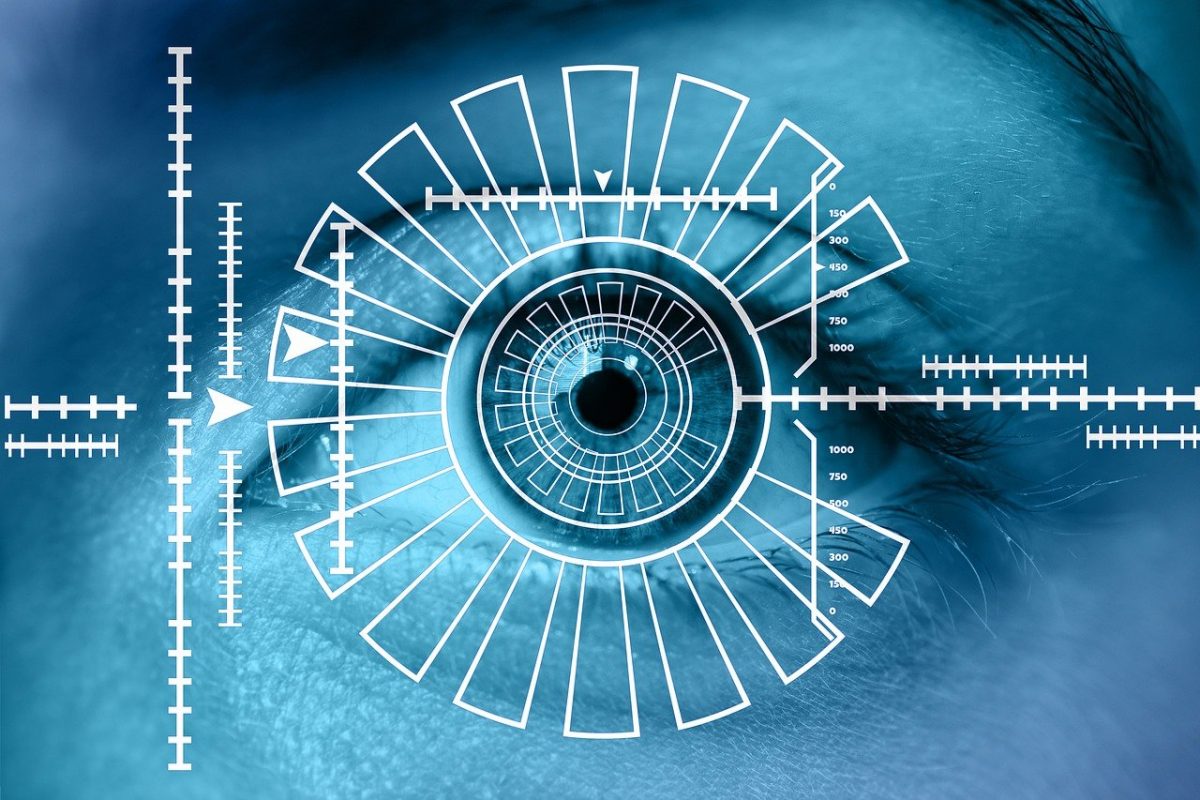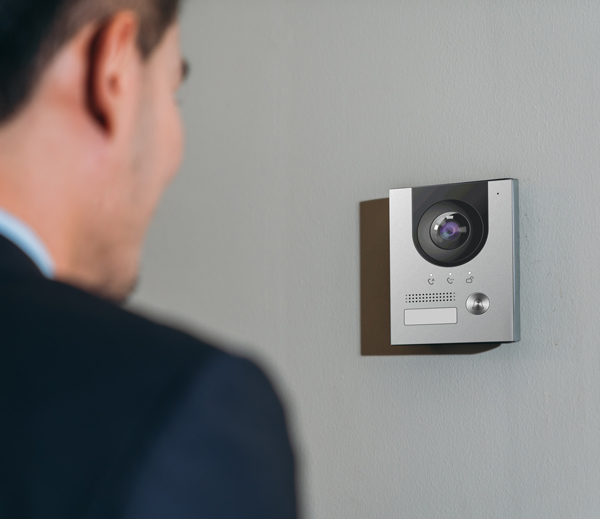
Showing: Most Recent

When we think of biometrics, sometimes the first thing that may come to our minds are the highly sophisticated devices that you may find in a sci-fi film. We may also think that this technology is extremely expensive and will cost a fortune. This cannot be further from the truth.

In the UK it’s the Information Commissioner’s Office (ICO); organisations that process data should be registered with them. If you’re unsure whether you should be there is a simple and effective self-assessment tool that you can use to check. For Ireland it’s the Data Protection Commissioner; you can find advice on their website.



